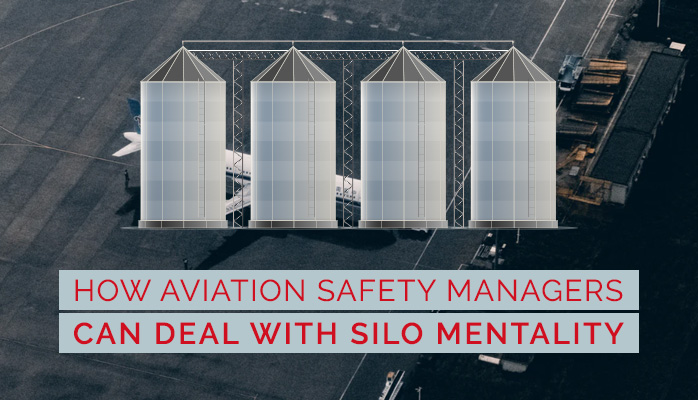

Use tools to improve transparency so that employees can readily understand the organization’s top overall priorities by department and region. To improve cross-functional collaboration, make sure that overarching goals and department goals are shared across the entire company. Co-creation workshops will yield quicker, more worthwhile results – previously established levels of comfort and trust will allow for more robust brainstorming sessions, and employees will be more relaxed and confident in sharing ideas. Once interpersonal communication is enhanced, cross-functional collaboration opportunities are easier to coordinate. This opportunity can deepen and strengthen relationships, in turn bolstering teamwork and performance, establishing a desired culture, and making work that much more enjoyable for everyone. Putting together fun events where colleagues across an organization’s departments, regions, and hierarchy get to know each other better allows them to share a more personal side of themselves. Cultivate Interpersonal Communication Beyond WorkĮliminate barriers and build trust by providing opportunities for employees and leaders to get to know each other personally. Furthermore, leaders need to look at the behaviours they reward to ensure they’re effective in elevating the employee experience, as well as steering collaboration, innovation, and growth. Organizations need to dig deeper to connect with, and align all employees, contractors, and gig workers on why their work matters. We know that the current global turnover, branded The Great Resignation, is due in large part to burn out. Leaders need to demonstrate alignment on the vision, values, purpose, and behaviours of the organization. This removes silos, brands the experience and ensures an organization focuses on delivering the best of what matters most. The Employee Value Proposition (EVP), when activated internally, is the foundation for how leaders communicate and deliver a consistent culture experience. It’s important that an organization understands clearly what employees value most about working for your organization, in addition to the non-negotiables, so that leaders can use this information to create an enhanced and consistent employee experience. Trying to deliver the exact programs that your competitors are offering is not enough. Today the ability to work flexibly, be paid competitively, feel valued, and experience a sense of belonging are all non-negotiable. Understanding what employees value most is a critical starting point in breaking down barriers.

So – what can you do to drive business results by ensuring your team is “rowing in the same direction?” Understanding Your Employee Value Proposition (EVP)

It can also prohibit innovation and growth. Silo mentality can lead to poor collaboration, communication, diminished trust and morale. That said, a lot of organizations struggle with overcoming silo mentality – something we’ve heard a lot of during our research over the years. Given the times and today’s business landscape, it’s more important than it’s ever been for work teams to be unified towards a common purpose and vision.


 0 kommentar(er)
0 kommentar(er)
